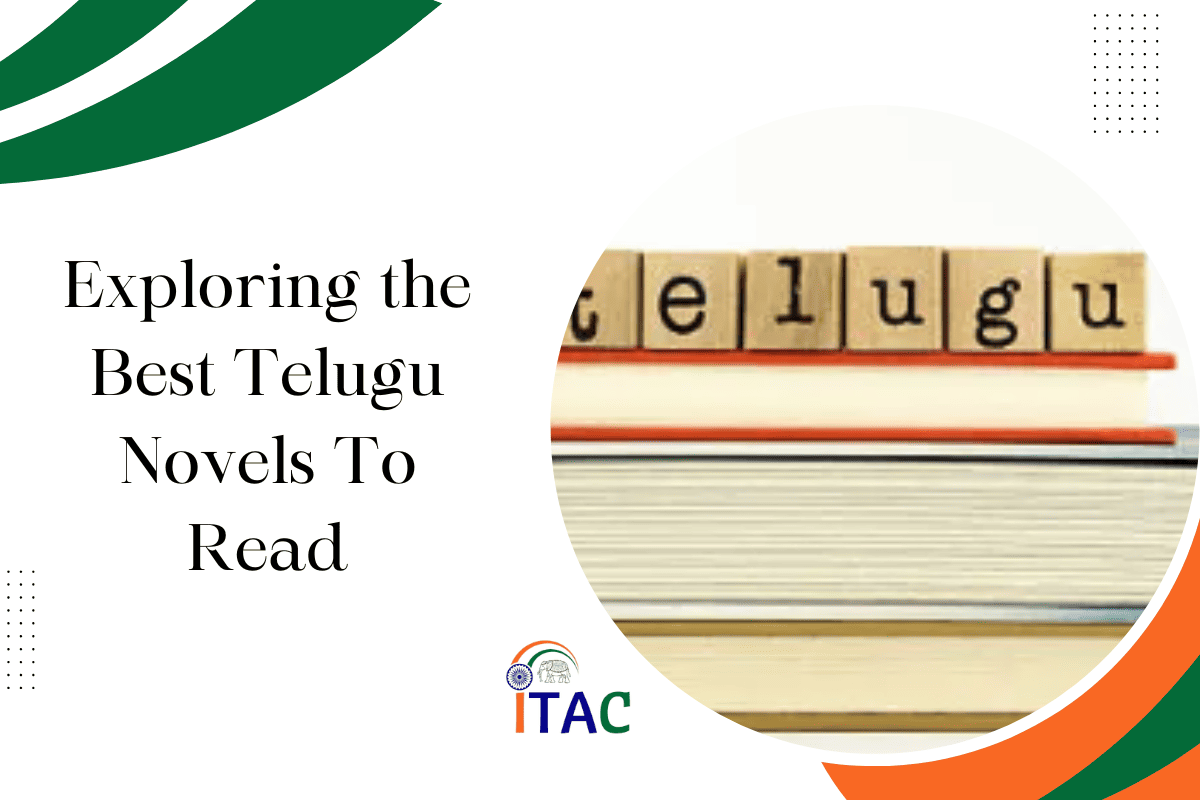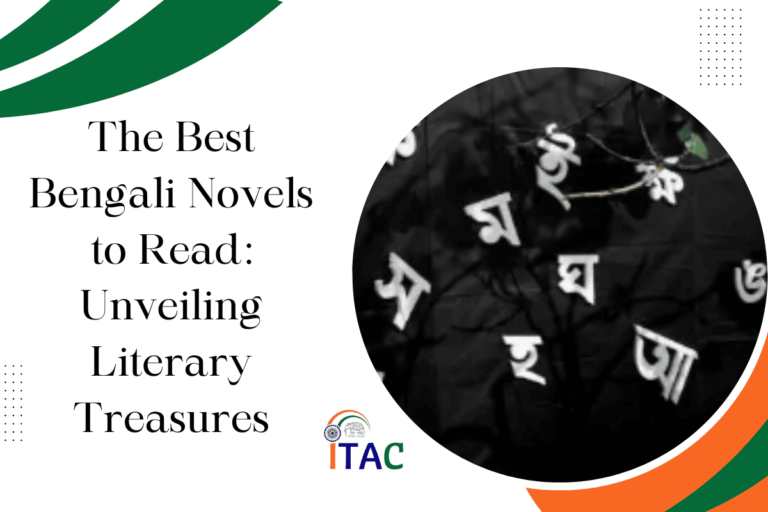Nestled in the lush landscapes of Kerala, the Malayalam language wraps itself in an aura of mystical beauty and profound cultural heritage. With its intricate script and melodious tonality, Malayalam stands as a testament to the rich tapestry of human communication.
This blog embarks on a journey through time, unraveling the fascinating history of Malayalam, a language that mirrors the resilience and diversity of its speakers.
Table of Contents
Roots and Early Development (7th-9th Century)
The journey of the Malayalam language, nestled within the scenic beauty of Kerala, is a fascinating tale of linguistic evolution and cultural convergence. As a proud member of the Dravidian language family, Malayalam’s story begins with its gradual emergence as a distinct dialect, eventually carving out its identity as a separate language. This period, stretching from the 7th to the 9th century, is marked by significant linguistic developments and cultural influences that have shaped the Malayalam we know today.
Linguistic Divergence and Dravidian Roots Of Malayalam Language
Malayalam’s lineage can be traced back to the Dravidian family, a group of languages predominantly spoken in South India. Historical linguistics suggests that Malayalam, along with its sister languages Tamil, Kannada, and Telugu, originated from a proto-Dravidian language.
However, Malayalam’s journey diverged from Tamil, its closest relative, indicating a split that led to the formation of a distinct linguistic identity. This divergence is not merely a tale of separation but a reflection of the dynamic linguistic landscape of ancient South India, where languages evolved and influenced each other in a complex tapestry of cultural interactions.
Geographical Isolation and Its Impact
The geographical contours of Kerala, where Malayalam flourished, played a crucial role in its development. Bounded by the Western Ghats on one side and the Arabian Sea on the other, Kerala’s natural barriers fostered a degree of isolation.
This isolation was not impervious but rather selective, allowing influences to seep in while preserving the distinctiveness of the emerging Malayalam language. The lush, verdant landscape of Kerala, coupled with its unique topography, contributed to the creation of a cultural and linguistic ecosystem where Malayalam could evolve uninhibited by external pressures, yet remain open to fruitful exchanges.
Sanskrit and Prakrit Influences
The formative years of Malayalam witnessed significant influences from Sanskrit and Prakrit, languages that held prestigious positions in the Indian subcontinent’s cultural and religious spheres. The influx of Sanskrit was not merely through literary or scholarly avenues but also through the assimilation of cultural and religious practices.
Malayalam absorbed Sanskrit vocabulary, idioms, and grammatical structures, enriching its lexicon and enhancing its syntactic complexity. Prakrit, the vernacular of ancient India, also contributed to Malayalam’s development, especially in its colloquial forms. This amalgamation of Sanskrit and Prakrit elements into Malayalam’s fabric resulted in a language that was both rich in expression and versatile in communication.
A Language Shaped by Its Environment
The early development of Malayalam is a testament to the dynamic interplay between geography, culture, and language. The natural isolation provided by Kerala’s geography, combined with the cultural and linguistic influences that permeated its barriers, created a fertile ground for Malayalam’s growth. The language’s evolution from a dialect to a distinct language was not just a linguistic phenomenon but a reflection of the vibrant cultural mosaic of Kerala.
As Malayalam continued to evolve, it became a vessel for the region’s rich literary and cultural traditions, embodying the essence of Kerala’s diverse heritage. The story of Malayalam’s early development is thus not merely about linguistic shifts but about how language, culture, and geography intertwine to create unique identities. This period laid the foundation for Malayalam’s rich literary tradition and its enduring significance in the cultural tapestry of Kerala.
Birth of a Distinct Language (9th-13th Century)
The transition of Malayalam from a regional dialect to a fully-fledged language is a compelling narrative of linguistic maturation and cultural identity. This transformative phase, spanning the 9th to the 13th centuries, is a pivotal chapter in the history of Malayalam, underscoring its evolution into an independent linguistic entity. Two major milestones—the Vazhappalli inscription and the development of the Kolezhuthu script—play crucial roles in this journey, marking the consolidation of Malayalam’s unique identity.
The Vazhappalli Inscription: A Linguistic Milestone

The Vazhappalli inscription, dating back to around 830 AD, is a cornerstone in the history of Malayalam, serving as the oldest surviving evidence of written Malayalam. Discovered in the Vazhappalli region near Changanassery in Kerala, this stone inscription is a testament to the early use of Malayalam for official and literary purposes. The significance of this inscription lies not only in its age but also in its content, which showcases a form of Malayalam that, while still in its nascent stages, had begun to exhibit features distinct from its Tamil roots and other contemporary Dravidian languages. This inscription marks a crucial point in history, signaling the dawn of Malayalam’s literary heritage and its burgeoning identity as a separate language.
The Evolution of the Kolezhuthu Script
Parallel to the linguistic developments signified by the Vazhappalli inscription, the evolution of the Kolezhuthu script represents another leap towards Malayalam’s distinction. Derived from the ancient Grantha alphabet—a script used primarily for writing Sanskrit—Kolezhuthu emerged as the writing system that would carry forward the Malayalam language’s literary and cultural narratives.
The transition to Kolezhuthu was more than a mere change in script; it was a reflection of Malayalam’s growing complexity and its community’s desire for a distinct linguistic identity. The script, with its unique characters and forms, allowed for the rich oral traditions of Kerala to be transcribed into written form, further enriching the language’s literary corpus.
Cementing a Distinct Identity
The period between the 9th and 13th centuries was transformative for Malayalam, as it saw the language acquiring its own identity, distinct from its Dravidian cousins. The Vazhappalli inscription and the development of the Kolezhuthu script were not isolated occurrences but part of a broader cultural and linguistic awakening in the region.
This era was characterized by an increased production of literature in Malayalam, including both religious texts and secular literature, which played a significant role in solidifying the language’s status and expanding its reach among the masses.
The emergence of Malayalam as a distinct language during this period can be attributed to several factors, including the socio-political changes in Kerala, the rise of local dynasties, and the spread of Bhakti movement, which emphasized personal devotion and the use of local languages for spiritual practices.
These developments provided an impetus for the use of Malayalam in administrative, literary, and religious contexts, further distancing it from its Dravidian relatives and establishing it as the lingua franca of the region.
Literary Flourishing (13th-18th Century)
The 13th century heralded the onset of a golden era in Malayalam literature, characterized by the creation of seminal works that are celebrated to this day. “Ramacharitam” is revered as the earliest extant literary masterpiece in Malayalam, marking the beginning of its rich literary tradition.
This period also saw the rise of “Manipravalam,” a sophisticated literary style that blended Malayalam with Sanskrit, enriching the language’s expressive capacity. The influx of trade and cultural exchanges during this era brought new dimensions to the language, enhancing its diversity and depth.
Modernization and the 20th Century
The journey towards a standardized Malayalam script gained momentum between the 16th and 18th centuries, laying the groundwork for the language’s modernization. The late 19th century witnessed the emergence of the “Modern Triumvirate” – Kumaran Asan, Ulloor S. Parameswara Iyer, and Vallathol Narayana Menon – whose contributions were instrumental in shaping contemporary Malayalam literature.
The impact of colonialism and the advent of Malayalam media also played significant roles in the language’s evolution, reflecting the changing times and aspirations of its speakers.
Conclusion
The historical journey of Malayalam from its roots to its modern form reveals a language that has continuously adapted and flourished through centuries of change. The richness and resilience of Malayalam are a reflection of the vibrant culture and indomitable spirit of its speakers. As we look towards the future, Malayalam continues to evolve, embracing new influences while steadfastly preserving its unique heritage.
FAQs:
- Who introduced the Malayalam language?
The origin of the Malayalam language can be traced back to the ancient Tamil language. However, it was Thunchaththu Ezhuthachan, a 16th-century poet and philosopher, who is credited with standardizing the Malayalam script and making significant contributions to its literary development.
- Is Malayalam or Hindi older?
Malayalam is generally considered to be older than Hindi. The origins of Malayalam can be traced back to the ancient Dravidian language family, while Hindi evolved from the medieval Apabhramsa language in northern India.
- Where did the Malayalam people come from?
The Malayalam people, also known as Malayalis, are native to the southwestern state of Kerala in India. They have a rich cultural heritage and are believed to have migrated to the region from various parts of the Indian subcontinent and beyond over centuries.
- What are the interesting facts about Malayalam language?
- Malayalam is one of the 22 scheduled languages of India and is spoken by over 38 million people worldwide.
- It is renowned for its unique script, which is derived from the ancient Brahmi script and is written from left to right.
- Malayalam literature has a rich tradition dating back to the 9th century, with contributions from renowned poets and writers.
- The language has been influenced by various cultures, including Dravidian, Sanskrit, and Arabic, resulting in a rich linguistic and cultural tapestry.
- Malayalam cinema, often referred to as Mollywood, is celebrated for its artistic excellence and has garnered international acclaim for its storytelling and technical brilliance.
Related: History of Marathi Language









